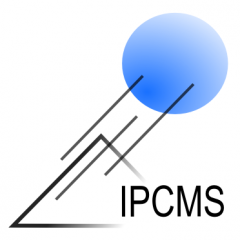Current research interests
Nano-optomechanics, optomagnonics, 2D magnets, hybrid systems, proximity effects.
CV
2024: Habilitation, Université de Strasbourg.
2019–present: CNRS Researcher, Institut de Physique et Chimie des Matériaux de Strasbourg, France.
2015–2019: Postdoc, Research Center for Advanced Science and Technology, University of Tokyo, Japan.
2011–2014: PhD thesis in Physics, Institut Néel, CNRS, Grenoble, France.
